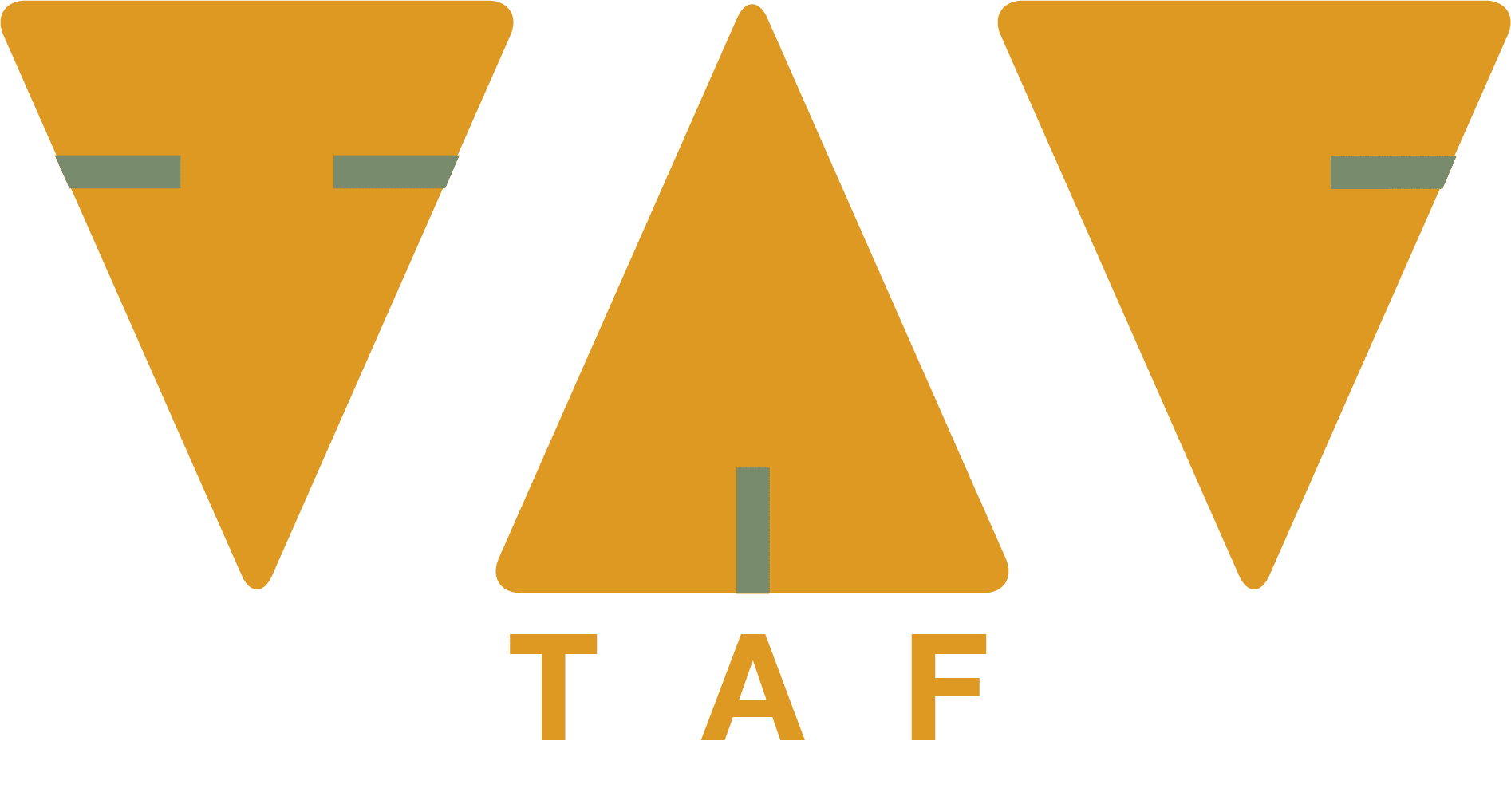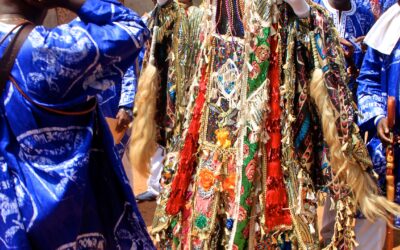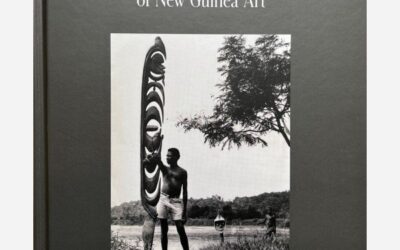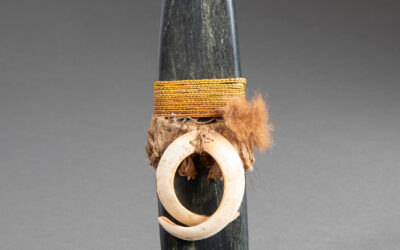Masquerade has been and continues to be a key site for articulating a range of issues in West African cities. The historical and cultural specificity of Freetown has allowed for the dynamic invention of unique masquerades, which are mobilised by a range of participants for political, economic, or social goals as well as for ‘play’ and aesthetic visual pleasure. The urban spaces of Freetown are contested arenas where a range of social groupings assert their presence and compete through a variety of strategies and tactics. Masking associations are key in shaping individual and collective identities, while also offering political and cultural resources to its inhabitants.
This lecture of David Malik explores the trajectories of these associations within the broader context of masquerade traditions and the diversity of their origins. Additionally, it examines how artists position themselves within Freetown’s artworlds and extend their reach to other regions and continents through local, regional, and intercontinental networks.
Lectures
These lectures are free to follow by Zoom webinar. Registration is required.
Zoom Manual Previous Lectures
The Seaman Collection of New Guinea Art
Michael MartinThe Seaman Collection of New Guinea art is unique in that it has survived intact and in the same family since it was collected in New Guinea by Bruce Seaman between 1967 and 1973. Over an intensive six year period Bruce Seaman made multiple field trips to the Papuan Gulf and Sepik River regions of New Guinea. With the help of legendary crocodile hunter George Craig and equally famous patrol officer and art dealer Wayne Heathcote Bruce was able to travel and collect art in some of the remotest parts of New Guinea. Dr Michael Martin will share details of the Seaman Collection and its history from his recent book on the collection which was launched at Parcours des Mondes in September 2023.
Sharing the heritage of Dani art
Christopher BuckleyThe late Dr O.W. Hampton, known to all as ‘Bud’, was a retired geologist from Colorado. In the early 1980s he visited the Baliem Valley in Papua, which at that time was just becoming more accessible to visitors. Over the following decade he documented most of the pre-contact material culture of the Valley, including some of the last stone tools to be manufactured and used in daily life anywhere on our planet. He gained the trust of the ‘big men’ who ruled the Valley, and investigated the mysteries of the men’s houses, sacred stones, war rituals, and assembled a unique collection of artifacts. This talk describes his work and shares images of these fascinating objects.
Christopher Buckley is a researcher working for Tracing Patterns Foundation in Berkeley, California. He specializes in the material culture of the Asia Pacific region, and he is the author of books on Tibetan furniture and crafts, and the weaving traditions of Asia.



